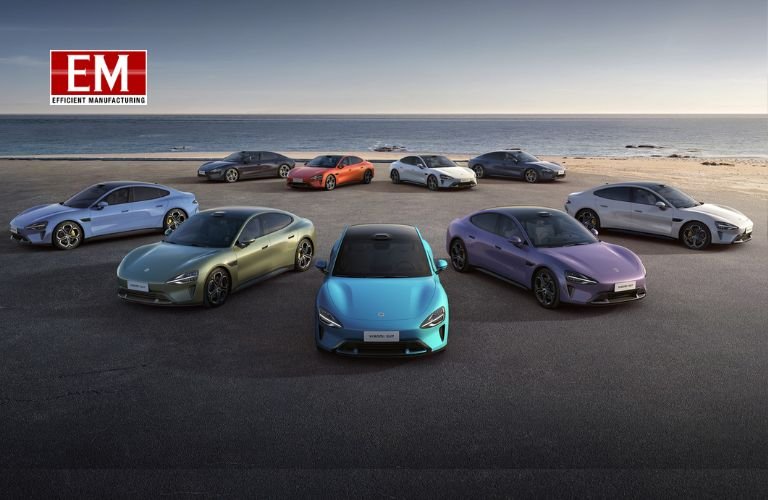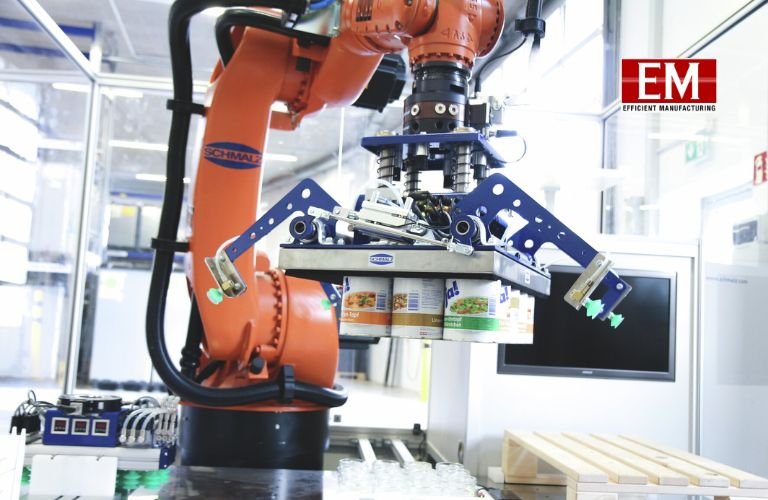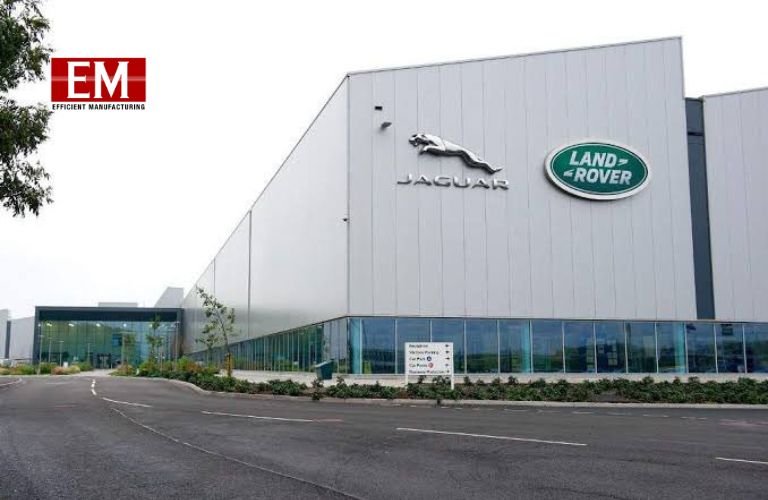| Industrial automation is going through significant transformation with the advancements in robotics technology. Due to robots, manufacturing sector is enhancing with increase in productivity, efficiency, and safety in numerous industries. According to the 2022 McKinsey Global Industrial Robotics Survey, automated systems will account for 25% of capital investment for many businesses during the next five years.
Prateek Jain,
Co-founder,
Addverb
Robotics and industrial automation rely on various technical advancements that are transforming the industry. From typical sensors and actuators to advanced control systems, these technologies combine to give machines unparalleled powers. For instance, the incorporation of Artificial Intelligence (AI) allows robots to sense and adapt to their surroundings, whilst Machine Learning algorithms empower them to optimize processes and make data-driven choices in real time. This article explores the transformative potential of robotics and industrial automation diving into the most recent technical advances, their applications in a variety of industries, and the larger implications for the future of work and industry. Companies across the industrial sector are investing heavily on robots and automation.
- Recent Developments in robotics
- Sensing and perception: Robots are now able to sense their environment with an unparalleled level of accuracy and precision because of the advanced sensor technologies like LiDAR, radar, and depth cameras. This improved perception makes it easier for robots to steer and avoid obstacles. As well as make it possible for the robots to engage with people securely and smoothly in group work surroundings.
- Mobility and Adaptability: The field of robotics has gone through several advancements significantly in terms of both mobility and adaptability skills. These developments allow robots to carry out a wide range of jobs with proficiency and refinement, from articulated robotic arms with touch sensors to skillful quadruped robots that can navigate difficult terrain.
- Human-Robot Interaction: A paradigm shift in the human-robot interaction is being brought about by collaborative robots, or cobots. Cobots, which are outfitted with erudite safety mechanisms and user-friendly interfaces, collaborate with people in industrial environments, extending their capabilities and improving output. This new era of flexible production and collaborative manufacturing is indicated by the symbiotic interaction between human beings and robots.
- Industrial Automation technologies
- Programmable Logic Controllers (PLCs): PLCs, or programmable logic controllers, are the mainstay of industrial automation systems because they offer real-time control and monitoring of production operations. PLCs’ durability and dependability make it possible for sensors, actuators, and other automation components to be seamlessly integrated, enabling accurate and effective control of machinery and equipment.
- Industrial Internet of Things (IIoT): The Industrial Internet of Things (IIoT) is a term used to describe the confluence of IoT technologies with industrial automation. It allows data interchange and communication throughout the production ecosystem. By optimizing asset usage, predicting equipment breakdowns, and enabling proactive maintenance methods, IIoT systems use sensor data and analytics to maximize operational efficiency and minimize downtime.
- Digital Twins: Digital twins are virtual copies of real assets or systems that are enabling real-time manufacturing process simulation, monitoring, and optimization. They are radically changing industrial automation. Manufacturers can discover chances for optimization, reduce risks, and enhance efficiency and creativity by building a digital twin of a manufacturing line or piece of equipment.
- Benefits of industrial automation
Industrial automation offers significant advantages for manufacturers, OEMs, and industrial operations. These benefits include improved worker safety by reducing the need for manual handling of hazardous tasks. Additionally, automation increases productivity through real-time monitoring and data-driven predictive maintenance, minimizing downtime and bottlenecks. Furthermore, consistent quality is achieved through increased repeatability and quality control automation. Finally, data gathered from connected devices enables better decision-making, leading to improved efficiency and profitability.
- Applications in various industry
Across the industrial landscape, robotics and industrial automation are driving a transformative era. From towering factories to sprawling fields, these technologies are fundamentally reshaping operational efficiency. Manufacturing flourishes with robotic precision, delivering consistent, high-quality products at ever-increasing rates. Warehouses thrum with automated activity, fulfilling orders with exceptional speed and accuracy. The healthcare sector leverages robotic assistance in surgery and lab automation, fostering both precision and efficiency in critical tasks. Even agriculture embraces automation, with drones analysing crops and robots optimizing yields. These advancements represent the first wave of a larger transformation. As robotics and industrial automation continue to evolve, they hold the potential to redefine efficiency and productivity across a vast spectrum of industries, from construction and healthcare to logistics and beyond.
- Challenges and Opportunities
Despite the revolutionary potential of robots and industrial automation, their broad use creates both obstacles and possibilities for enterprises and society in general. One of the most significant problems is the potential impact on employment, as automation may result in job displacement in some areas. However, automation opens up new possibilities for qualified individuals in fields like robotics engineering, programming, and maintenance. Additionally, there are questions about the ethical and societal consequences of autonomous systems, such as safety, responsibility, and privacy. To guarantee that the advantages of robotics and automation are evenly distributed and aligned with society values and interests, a comprehensive strategy is required, requiring collaboration among industry stakeholders, government, and the broader community.
- Future of Robotics and Industrial Automation
The future of robotics and industrial automation promises a landscape significantly transformed by intelligent machines. Collaborative robots, or cobots, designed for seamless human-machine interaction, will usher in an era of human-robot synergy. Cobots will leverage human creativity and problem-solving alongside their own tireless strength and precision. Artificial intelligence (AI) will be the engine driving this evolution. With advanced machine learning, robots will transcend pre-programmed limitations, gaining the ability to adapt to complex tasks and unforeseen situations in real-time.
This transformation extends beyond individual robots. The entire factory floor will become an interconnected ecosystem, embodying the “smart factory” concept. The Internet of Things (IoT) will act as the nervous system, enabling complete automation and real-time optimization of production lines. The benefits of such interconnectedness are clear: increased efficiency, reduced waste, and a heightened responsiveness to dynamic market demands.
The impact of robotics and automation will transcend factory walls. These versatile machines hold immense potential in new frontiers. The construction industry, for instance, could leverage robots for hazardous material handling and automated construction tasks. Infrastructure maintenance and even disaster relief efforts could be revolutionized by these unique robotic capabilities.
However, a proactive approach to the human element is crucial. While automation will displace some jobs, it will also create new opportunities. To ensure a smooth transition, a strong emphasis must be placed on reskilling and upskilling the workforce. Equipping people with the necessary skills to work effectively alongside intelligent machines will foster a future where humans and robots collaborate to achieve groundbreaking progress. As robotics and industrial automation continue to evolve, we stand at the verge of a new era – one brimming with productivity gains, enhanced safety, and advancements across countless industries. This future holds the promise of a world where intelligent machines augment human capabilities, propelling us towards a more efficient and prosperous tomorrow.








